Does Homeowners Insurance Cover Water Damage?
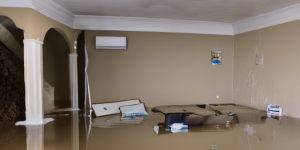
The sight of water rapidly flooding into your home elicits panic as dreams of pricey repairs flash before your eyes. Whether from storms, failing appliances or cracked pipes, water can wreak havoc on homes in a hurry.
But does your homeowners insurance policy pay for expensive damage stemming from sudden water disasters?
Understanding nuances around covered water perils helps steer emergency response, preventative home maintenance, and pursuing claims reimbursement after the fact. Let’s dive into specifics on how water losses play into homeowners policies.
Water Damage Coverage Under Homeowners Insurance
A standard homeowners insurance policy includes two major sections – Property Coverage and Liability Coverage.
The property side pays to repair physical damage to your dwelling and belongings from specified causes of loss like fires or storms. The liability component covers injuries occurring on your property you’re legally responsible for.
So direct physical destruction to home components falls under property coverage analysis. At a high level, common homeowners insurance policies group water dangers impacting structures into a few distinct sources:
- Storm Damage
- Burst Pipes
- Appliance Leaks/Failures
The level of protection provided by your insurer often varies based on the exact water origin details and characteristics.
Let’s breakdown how water claims are handled under each category.
Water Damage from Storms & Floods
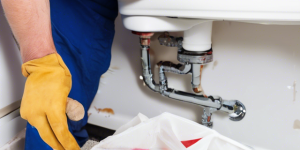
Natural disasters like heavy rainfall, hurricane storm surges, overflowed rivers etc fall under hazardous weather conditions excluded from most homeowners insurance packages.
Why does flooding often not qualify for reimbursement?
- Difficult for insurers to predict/price for unpredictably extreme events
- Government backs specialized National Flood Insurance Program offering specific coverage
- Private insurers cede most flood protection to that federal channel
Instead, inspect your homeowners declarations page for confirmation of addition separate coverage for common flood events:
- Flood Insurance
- Surface Water Insurance
- Seepage Coverage
Without those special endorsements explicitly spelled out, basic homeowners insurance does NOT cover rain/flood destruction damages.
This is crucial to double check for homes in known storm, coastal surge or river overflow high risk regions. Don’t assume automatic protections – most home policies definitively carve out weather flooding.
Water Damage from Burst Pipes & appliance Failures
If water destruction sparks from internal sources within your home rather than external weather factors, coverage outlooks improve dramatically.
The vast majority of homeowners insurance plans provide strong protections reimbursing damage caused by:
- Burst wash machine hoses spraying wildly
- Leaking dishwashers flooding kitchens
- Cracked basement pipes spewing water for days
- Frozen toilet tanks exploding under pressure
- Similar chaotic domestic water origin scenarios
Property policies embrace internal plumbing incidents as commonly accepted hazards producing reputable claims.
Insurers expect occasional appliance issues or hidden pipe corrosion creating literal leaks in standard home maintenance over decades.
Just beware of potential coverage gaps if original home construction or product installations enabled the water incidents over time. Insurers investigate origin stories closely before paying claims.
Overall though, broken household plumbing systems remain firmly valid reasons to file water damage homeowners claims without worries.
Key Home Insurance Water Damage Exclusions
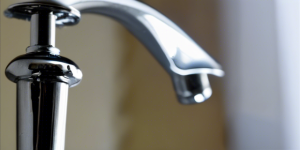
Beyond capping coverage for weather flooding without special policy endorsements, certain water damage general exclusions also commonly limit claim payouts:
- Gradual/steady water seepage wearing down structures over many years falls under homeowners insurance exclusions for “continuous damage.” Both the damage cause itself and resulting impact must be abrupt/immediate, not prolonged seeping. This restricts paying for sewer line cracks slowly emitting water daily undetected over months for example.
- Pre-existing property conditions before purchasing policy also invalidate claims. Insurers deny coverage to previously documented or inspectably visible building wear and tear enabling water penetration like severely cracked foundations or outdated roofing allowing eventual leaks. Policies cover unforeseeable damage emerging suddenly, not foreseeably inevitable breakdowns of long neglected maintenance.
- Groundwater rising into basements falls under subsurface exclusion removing earth movement protections
- Backed up sewers/drains overflowing internally often excluded as well unless special sewer/drain rider added
- Outdoor surface pooling from poor home grading also denies claims due to similar continuous seepage precedents barring landscape design issues
Carefully read all limitations about domestic water sources and precursors/enablers of damage scenarios. Risk assessments pushing insurers to deny claims lurk in nuanced exclusions.
Juggling Home Insurance Claim Deductibles
When reviewing the fine print terms around covered water damage instances, also note your chosen claim deductible levels.
While policies cover thousands in repairs ultimately, you pay depreciated out-of-pocket costs up to the deductible first. Amounts often range from $500 up to $5000 introduced at claim filing.
- For a $1000 deductible, first $1000 of confirmed covered loss paid by homeowner before insurance contributions kick in
- Deductible waived if entire water damage ends below that amount (example: $800 leak)
File claims strategically accounting for deductibles by tallying early whether your personal outlay will likely exceed those thresholds. This avoids submitting claims unnecessarily that risk premium increases after the fact. Insurers monitor claims activity cutting new deals over time.
Water damage deductibles can feel steep upfront. But doing so keeps yearly premium costs lower overall. Evaluate appropriateness of deductible levels whenever renewing policies or facing particularly expensive water disasters.
Special Water “Endorsements” Expanding Homeowners Protection
While core homeowners insurance policies cover certain common household water disaster scenarios, major gaps still remain exposing families to six and seven figure financial risk if homes face flooding.
We mentioned the National Flood Insurance Program offering specialized coverage above. But multiple additional endorsements or “riders” also exist strengthening water protections including:
- Flood Insurance – Explicitly adds external water intrusions from bodies of water overflowing like lakes, rivers and seas breaching territory in unusually extreme weather. Available from both private insurers and federal NFIP sources depending on flood zone designation.
- Surface Water Insurance – Protects against water invading due to heavy rain accumulation flooding terrain rather than waterways specifically overspilling.
- Sewer/Drain Backups – Guards against exterior water mains and municipal sewer lines reversing flow direction and penetrating property internally.
- Sump Pump Failure Insurance – Covers basement flooding incidents if normally protective sump pumps fail due to power outages or malfunctions during water accumulation crises.
These supplemental policies fill common catastrophe gaps not addressed in basic homeowners plans. They add potentially hundreds of dollars to annual premiums, but radically widen safety nets avoiding six-figure disaster costs striking uninsured buildings. Carefully investigate regional risks with your real estate agent before acquiring properties to determine ideal endorsements defending households against storm vulnerabilities.
Maintaining Homes to Reduce Water Damage Risks
Beyond smart insurance wrangling, preventing exposures leading to water claims proves far cheaper than repeating repair claims. Maintain dwellings strategically to dodge unnecessary hazards compromising structures with unwanted moisture intrusions.
Water damage prevention best practices include:
- Regularly inspect basement walls/floors for cracks in poured concrete allowing seepage or pipe leaks to spread over time undetected
- Install industrial grade basement sump pumps with backup batteries/generators to handle heavy rain flooding if no groundwater exclusion waiver
- Examine appliances/pipes yearly for corrosion warning signs like mold or rust expansion
- Clear rain gutters and drainage pipes around property ensuring no clogbackups directing water towards buildings instead of safely away
- Regrade terrain if necessary to prevent surface pooling against structures below ground level windows/doors
- Prune back vegetation that grows dense enough to divert rain towards home if heavy storms strike
An ounce of prevention saves a literal ton of cure when securing properties against water extremes! Don’t enable problems preventable through maintenance diligence and smart landscaping tactics diverting weather risks automatically.
Homeowners Insurance Water Damage FAQs
Let’s recap water damage claim clarity within homeowners policies:
What kind of water damage does homeowners insurance cover?
Most homeowners insurance covers water damage from abrupt internal failures like burst appliance hoses, broken pipes spraying water and clogged sinks/tubs overflowing. Gradual seepage exclusions often apply. External flooding sources usually require separate flood insurance policies or riders covering storm surge overflow or heavy surface rain.
Does homeowners insurance cover broken pipe flooding?
Yes, standard homeowners insurance policies cover damages caused by abruptly broken interior pipes that then leak and flood dwellings. Just beware exclusions apply if inspectors determine homeowner negligence like failure to maintain antiquated piping contributed over longer terms. Sudden cracks are covered, but gross neglect enabling systems to fail invites claim denials.
Does homeowners insurance cover water damage from rain?
Homeowners insurance does NOT include damage stemming from surface rain flooding homes like extreme weather or improper drainage allowing water intrusion through windows, walls or the ground. Separate flood insurance endorsements are usually required to cover exterior precipitation penetrating dwellings in unusually heavy deluges.
What are homeowners insurance water damage deductibles?
Water damage homeowners claims often carry deductible amounts ranging from $500 up to $5000 that must get paid out-of-pocket by homeowners before insurance contributions kick in to cover remaining repair costs. Deductibles are waived though if total fix costs end below threshold amounts (ie $400 leaks). The tradeoff keeps annual premium prices lower via higher disaster cost sharing.
What water damage prevention tips reduce homeowners insurance claims?
Preventing water incidents with maintenance steps like inspecting pipe corrosion yearly, installing industrial sump pumps/generators, regrading terrain drainage and clearing rain gutters minimizes intrusion disasters costing major claims. Many water losses involve detectable precursors that go ignored allowing preventable flooding when extreme weather ultimately strikes. An ounce of prevention over the decades saves tons in eventual large cure costs!
Conclusion
Dealing with the stresses of water rapidly invading and compromising homes sparks panic. But understanding key coverage implications across homeowners policies reduces guesswork pursuing emergency remediation or arguing insurance denials after incidents strike. Always review your declarations protection matrix and exclusions for clarification on water specifically compared to broader disaster categories.
While policies generally cover burst interior appliances/pipes beyond one’s control, they exclude gradual seepage issues and heavy surface flooding unless purchasing special water endorsements. Comb through regional weather history and get flood zone guidance before acquiring properties to strategize sufficient insurance buffer coverage matching realistic water exposure risks. With disciplined prevention and urgent response, homeowners can drain the flooding dangers from even heaviest rainfall exposing properties!

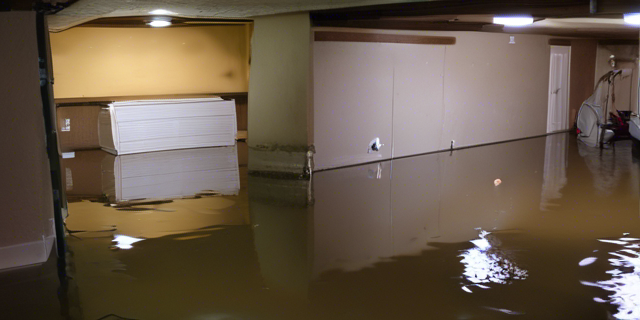

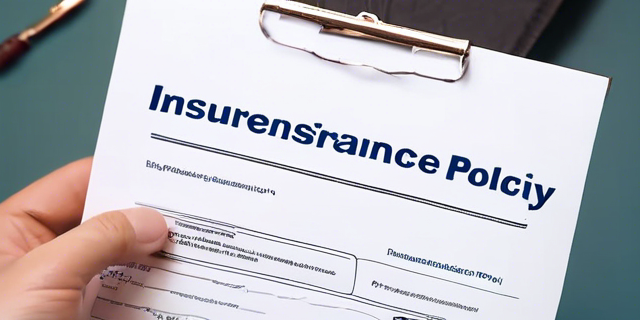

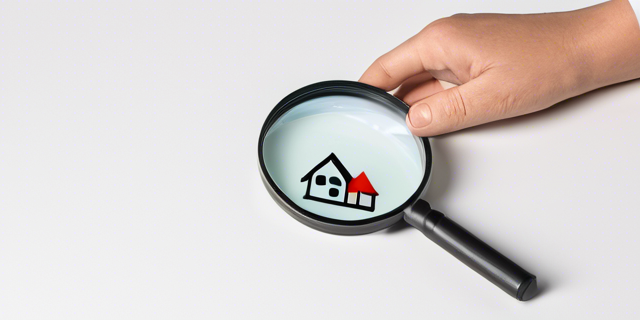

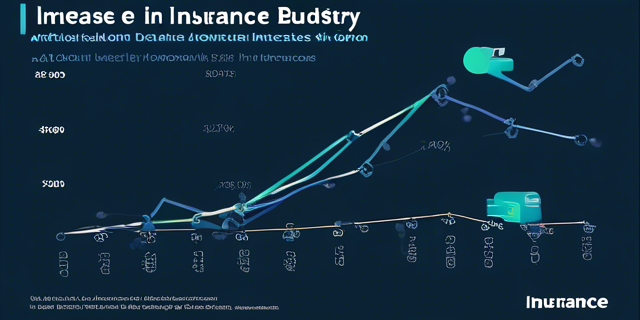


This gateway is fabulous. The splendid substance displays the essayist’s commitment. I’m overwhelmed and envision more such astonishing substance.